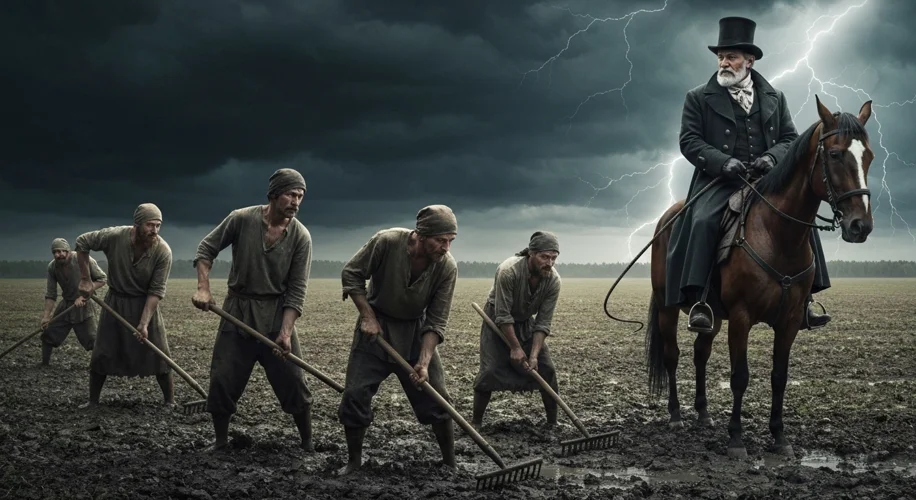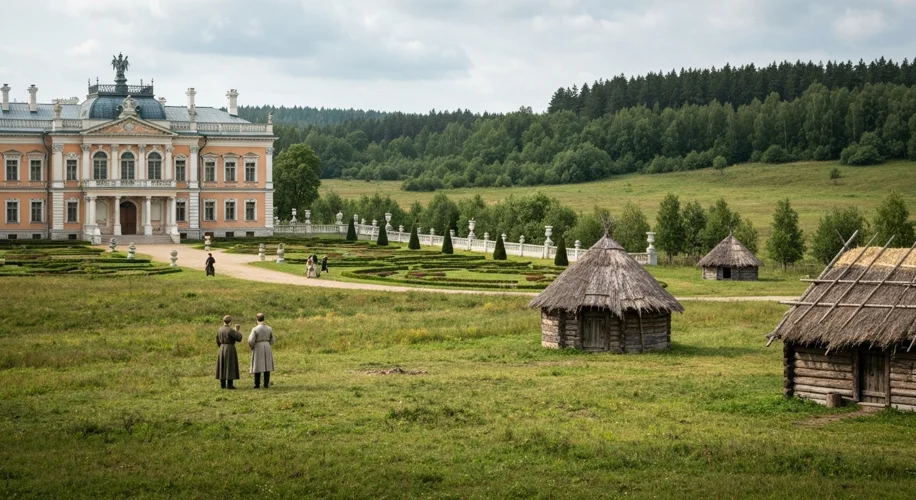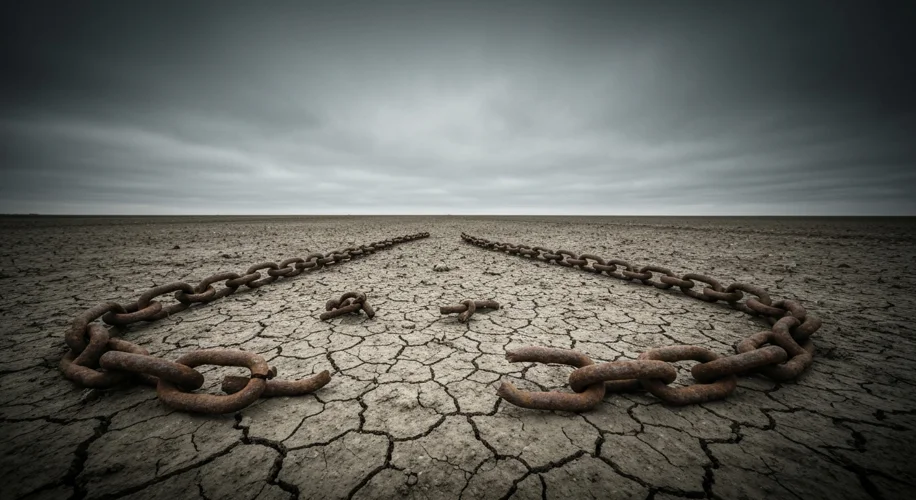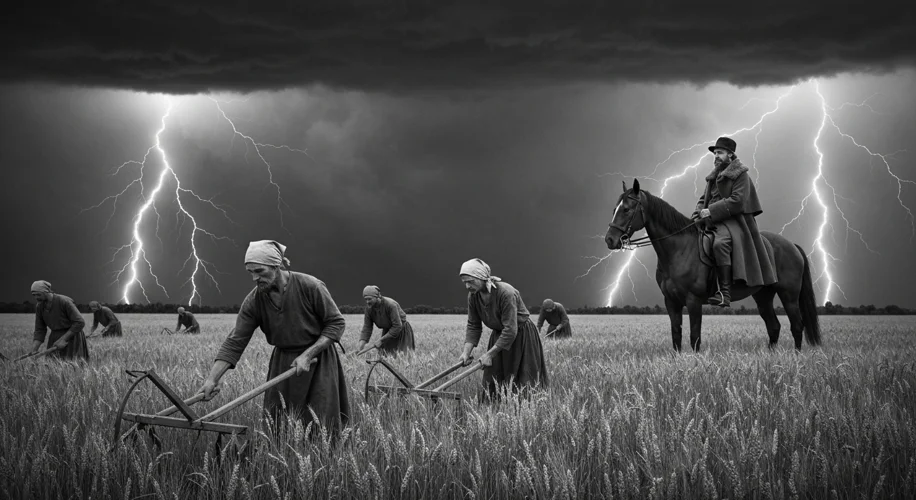Just think: vast, sprawling estates under an unforgiving sun, the rhythmic toil of peasants bound to the land not by choice, but by birthright. This was the reality for millions in Russia for centuries, a system known as serfdom, and its shadow stretches deep into the very fabric of Russia’s economic and institutional DNA.
For generations, the life of a Russian peasant was inextricably linked to the soil and the whims of a landowner. Serfdom, a system where peasants were essentially owned by landlords, became deeply entrenched, particularly from the 17th century onwards. This wasn’t merely a form of agricultural labor; it was a social and economic structure that dictated nearly every aspect of life, from marriage and movement to religious practice and even personal safety. The state, recognizing the power of land ownership and the labor it commanded, actively supported and codified this system, often in exchange for the loyalty and military service of the nobility.

Key actors in this historical drama were, of course, the serfs themselves, the vast majority of the population, whose lives were characterized by hardship and a constant struggle for survival. Then there were the landowners, the nobility, who wielded immense power, often living lives of luxury built upon the uncompensated labor of their serfs. The Tsar and the state apparatus also played a crucial role, not just as overseers but as active participants in maintaining and expanding the system, using serf labor for state projects and military recruitment.
The heart of the matter lay in the inherent coerciveness of the system. Unlike free labor, serf labor was compelled. Landowners could exact labor services (barshchina) or demand payments in kind or cash (obrok) from their serfs. They had the power to sell serfs, separate families, and even administer punishment. The legal framework evolved to further bind serfs to the land, making escape a perilous and often futile endeavor. Little did the serfs know that their daily grind was not just about survival, but about shaping the future trajectory of an empire.
The abolition of serfdom in 1861 by Tsar Alexander II was a watershed moment, a monumental legal change that seemingly liberated millions. However, the devil, as it often does, was in the details. The emancipation terms were often unfavorable to the peasants. They received land, but had to pay redemption payments for it over decades, effectively replacing one form of obligation with another. Landowners retained much of the best land, and the communal land tenure system (the mir) was often maintained, limiting individual initiative and economic mobility.
The consequences of centuries of serfdom were profound and far-reaching. The system fostered a culture of coercion and dependency, hindering the development of a free market economy, entrepreneurship, and a robust middle class. It created a deep social chasm between the landowning elite and the peasantry, contributing to social unrest and revolutionary sentiment that would eventually erupt in the early 20th century. The ingrained habit of relying on compelled labor meant that even after emancipation, the Russian economy struggled to adapt to more modern, market-based systems. The extractive nature of serfdom – where wealth was generated through the forced extraction of labor and resources from the lower classes – became a deeply embedded pattern.

From an analytical perspective, serfdom in Russia can be seen as a prime example of how entrenched institutions can shape long-term economic development. It created a path dependency, making it difficult to deviate from established patterns of resource allocation and social organization. The lack of secure property rights for peasants, the limited access to capital, and the persistent reliance on state-backed coercion created an environment where innovation and productivity gains were stifled. The legacy of serfdom contributed to the structural weaknesses that plagued the Russian Empire and arguably laid some of the groundwork for the dramatic upheavals of the Soviet era, which, in its own way, also featured highly centralized control and extraction.

The story of serfdom in Russia is a potent reminder that economic systems are not merely about production and distribution; they are deeply interwoven with power, social structures, and historical legacies. The echoes of those centuries of coerced labor continue to resonate, offering valuable insights into the enduring impact of institutions on the economic destiny of nations.

